20+ Years Experience
Specialist Education Providers

Eco-friendly playground design, also known as sustainable playground design, focuses on creating play spaces that are environmentally conscious and promote a greener future.
By using sustainable materials and incorporating energy-efficient features, these playgrounds not only provide a safe and enjoyable experience for children but also contribute to the preservation of our planet. The importance of sustainable materials in playground design cannot be overstated.
Not only do they offer numerous benefits, such as reduced environmental impact and improved health and safety considerations, but they also play a crucial role in creating a sustainable and eco-friendly playground environment.
By choosing recycled materials, natural and renewable materials, and non-toxic and low VOC materials, designers can ensure that the playgrounds are not only environmentally friendly, but also safe for children to play on.
Incorporating energy-efficient features such as solar-powered lighting, water harvesting systems, and energy-efficient playground equipment further enhances the eco-friendliness of these spaces.
Creating an eco-friendly playground environment involves considerations such as using native plants to enhance biodiversity, implementing rainwater management systems, and incorporating educational signage to raise awareness among children and their communities.
Community engagement plays a vital role in the success of eco-friendly playground design, as it fosters a sense of ownership and responsibility towards the environment and encourages sustainable practices.
The benefits of eco-friendly playground design are wide-ranging, from reducing carbon footprint and promoting sustainability to improving children’s health and well-being and creating a positive impact on the community.
Creating an eco-friendly playground design offers numerous benefits for both children and the environment. Here are some key advantages:
Eco-friendly playground designs have been shown to enhance cognitive development and improve overall well-being in children.
When it comes to building an eco-friendly playground, sustainable materials are crucial. They not only contribute to a greener future but also provide numerous benefits and considerations.
These materials help reduce environmental impact and ensure the safety and well-being of children. In this section, we will explore the significance of using sustainable materials and how they can make a real difference in our playgrounds.
Using sustainable materials in playground design offers several benefits. These include reducing the environmental impact by using recycled materials, natural and renewable materials, and non-toxic materials, contributing to a greener future with a lower carbon footprint.
Additionally, sustainable materials promote health and safety in the playground environment, especially low VOC materials. Furthermore, using sustainable materials helps to conserve natural resources by reducing the need for raw materials and minimizing waste.
It also supports the circular economy by encouraging the reuse of resources and fostering a more sustainable economy.
Finally, incorporating sustainable materials in playground design fosters environmental awareness by educating children and communities about the importance of sustainability and environmental protection.
The impact on the environment is a crucial consideration in eco-friendly playground design. By choosing sustainable materials, such as recycled or natural options, we can reduce carbon emissions and preserve natural resources.
Using non-toxic materials ensures the safety of children while minimizing harm to the environment. Incorporating energy-efficient features like solar-powered lighting and water harvesting systems further reduces the carbon footprint.
Creating a playground environment with native plants and sustainable drainage systems promotes biodiversity and efficient water use. By considering the impact on the environment, we can create playgrounds that not only benefit children but also contribute to a greener future.
When designing an eco-friendly playground, it is crucial to consider health and safety. The well-being of children and the planet can be ensured by choosing environmentally friendly materials. To minimise exposure to harmful chemicals, it is recommended to opt for non-toxic materials, such as low VOC paints and eco-friendly flooring.
Additionally, reducing environmental impact can be achieved by prioritising the use of sustainable materials like FSC certified wood and recycled plastic.
Regular maintenance and inspections are also important to maintain a safe play environment. It is also a good idea to involve children in the design process and educate them about playground safety, as this can foster a sense of responsibility and awareness.
When it comes to creating an eco-friendly playground, the key lies in selecting sustainable materials. This section will explore the world of choosing materials that promote a greener future. From solar-powered lighting to water harvesting systems and energy-efficient playground equipment, we will discuss how these elements contribute to a more sustainable and environmentally conscious design. We will also cover rainwater management, educational signage and raising awareness to ensure that our playgrounds serve as educational platforms for environmental stewardship. Let’s embrace sustainable choices and pave the way for a greener playground experience!
When designing an eco-friendly playground, incorporating recycled materials can make a significant contribution to a greener future. By using these sustainable resources, we can reduce waste and minimise our impact on the environment. Here are some examples of recycled materials that can be used in playground design:
Natural and renewable materials can have a significant impact on the design of eco-friendly playgrounds. We’ll explore the benefits of using sustainable materials, the positive impact they have on the environment, and the important health and safety considerations involved.
Create a safe and sustainable playground environment by using non-toxic and low VOC materials. Explore the benefits of solar-powered lighting, water harvesting systems, and energy-efficient playground equipment.
Understand how rainwater management plays a vital role in creating a greener future. Discover the significance of educational signage and raising awareness to promote eco-friendly practices. +6
Incorporating energy-efficient features is essential when designing eco-friendly playgrounds. Here are some ways to achieve this:
Solar-powered lighting is an essential feature in eco-friendly playground design, offering numerous benefits for both the environment and the community.
Incorporating solar-powered lighting not only promotes sustainability but also enhances the overall safety and enjoyment of the playground environment.
Water harvesting systems are an essential component of eco-friendly playground design. These systems help manage rainwater, reducing water consumption and minimizing the impact on natural resources. When incorporating water harvesting systems in playgrounds, consider the following:
By incorporating these water harvesting systems, playgrounds can contribute to sustainable water usage and conservation efforts.
Eco-friendly playgrounds can incorporate energy-efficient equipment to reduce energy consumption and promote sustainability. Consider the following energy-efficient features for playground design:
By incorporating these energy-efficient features, playgrounds can create an environmentally friendly environment and promote sustainable practices for a greener future.
Creating an eco-friendly playground environment is essential for promoting sustainability and a greener future. Here are some key considerations:
The use of native plants in playground design can have a positive impact on biodiversity and contribute to the creation of a more sustainable environment for children to play in.
Rainwater management is a vital aspect of eco-friendly playground design. Proper management enables the sustainable and efficient use of rainwater, minimising water wastage and reducing the strain on local water resources. Here are some key strategies for rainwater management in playground design:
By implementing these rainwater management strategies, eco-friendly playgrounds can conserve water and create a healthier and more sustainable environment for children to enjoy.
Considerations for rainwater management in eco-friendly playgrounds also include educational opportunities. Incorporating educational signage and interactive elements can raise awareness about the importance of water conservation and inspire children to become stewards of the environment.
Rainwater management plays a crucial role in creating eco-friendly playgrounds. By incorporating sustainable drainage systems, water permeable surfaces, and rainwater harvesting techniques, we can conserve water resources, reduce pollution, and foster a greener future for children to play and learn in.
Educational signage and awareness play a crucial role in promoting sustainability and environmental education in eco-friendly playgrounds. By incorporating informative signs and displays, children and visitors can learn about the importance of sustainability, biodiversity, and conservation.
These educational materials raise awareness about eco-friendly practices and encourage responsible environmental behaviour. They can also provide information about the specific features and benefits of the playground design, such as the use of sustainable materials and energy-efficient equipment.
Through educational signage and awareness initiatives, eco-friendly playgrounds contribute to the development of eco-conscious individuals and communities.
Community engagement plays a vital role in the design and development of eco-friendly playgrounds. Involving residents and stakeholders in the planning process ensures that the playground meets their needs and desires.
Encouraging community members to participate in the construction and maintenance of the playground fosters a sense of ownership and pride. Engaging the community in educational programs about sustainability and the benefits of eco-friendly materials promotes a greener future.
Studies have shown that playgrounds designed with community engagement have higher utilisation rates and are better maintained than those without community involvement.
Eco-friendly playgrounds are designed to create a safer, greener world for future generations. They provide a space for children and families to come together and engage in outdoor activities, fostering community interaction and social connections.
When children play in eco-friendly playgrounds and nature playgrounds, they are exposed to nature and learn to appreciate and care for the environment. This encourages a love of nature and teaches kids important environmental lessons, contributing to their development and happiness.
Eco-friendly playgrounds utilise sustainable materials such as recycled waste sources, post-consumer waste, and nature’s own materials. These materials reduce the carbon footprint, can be recycled, and have long-lasting durability even in harsh weather conditions.
Eco-friendly playground companies collaborate with local authorities in developing countries to encourage young people to lead more active and healthy lifestyles using eco-friendly equipment.
By minimizing the detrimental effects on natural habitats and reducing dependency on non-renewable resources, these playgrounds contribute to sustainable development and progress.
Implementing an environmentally friendly design for playgrounds helps to reduce pollution and waste. Sustainable materials used in playground equipment can be reused or recycled, extending their life cycle and minimizing the environmental impact.




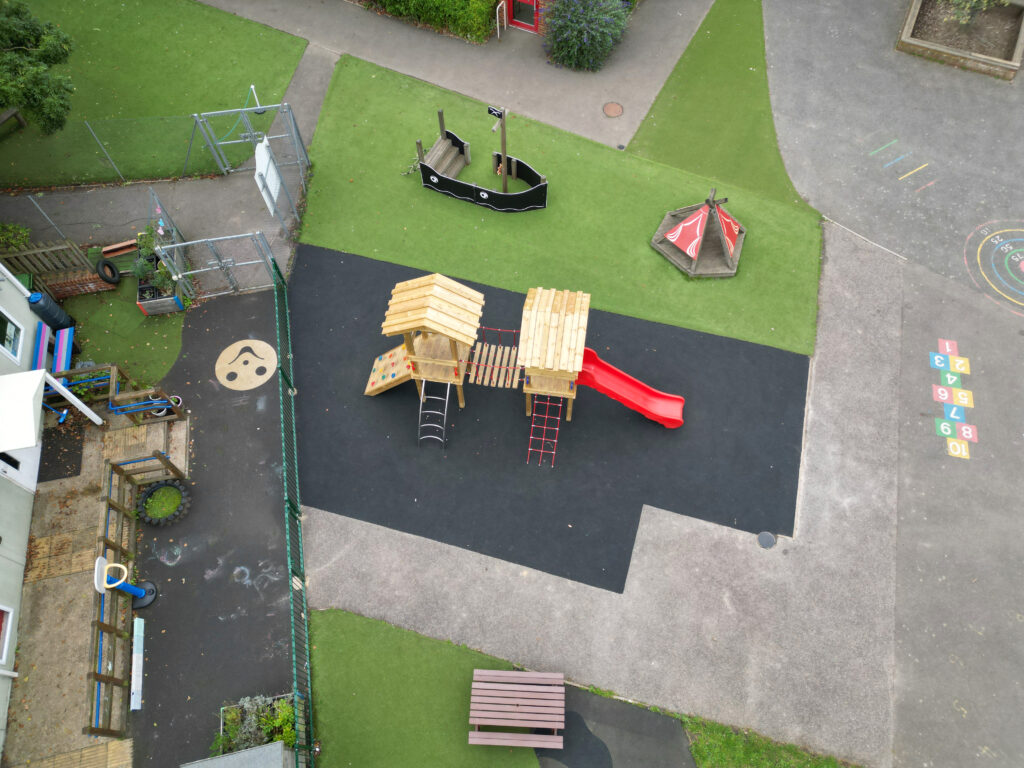

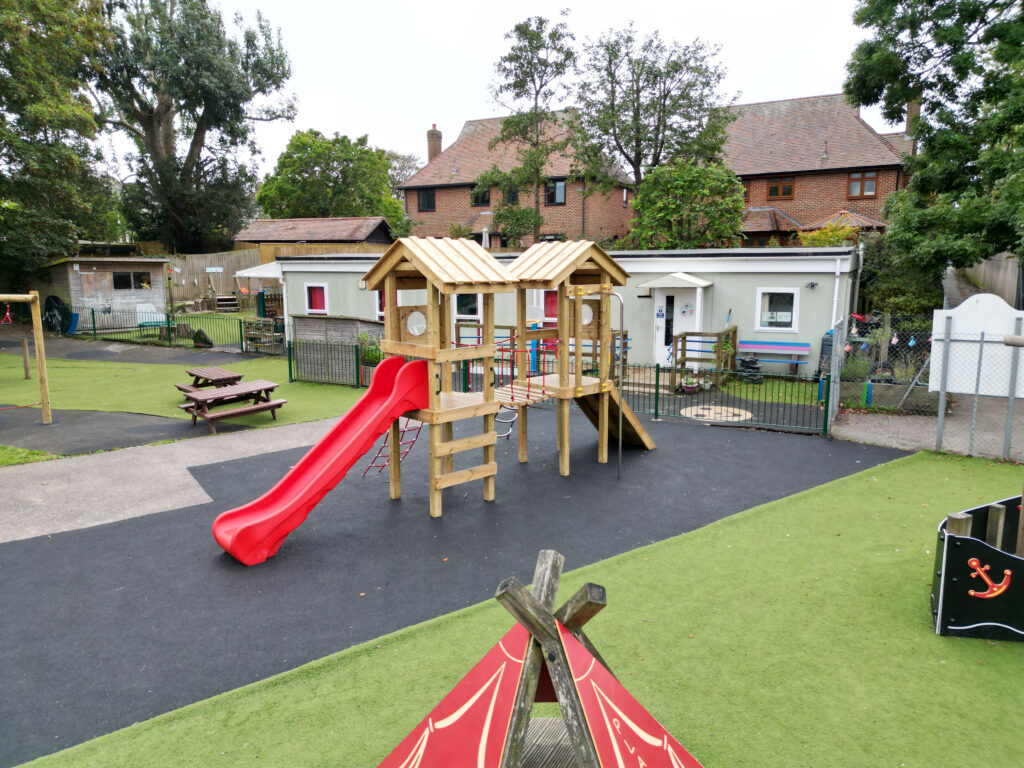
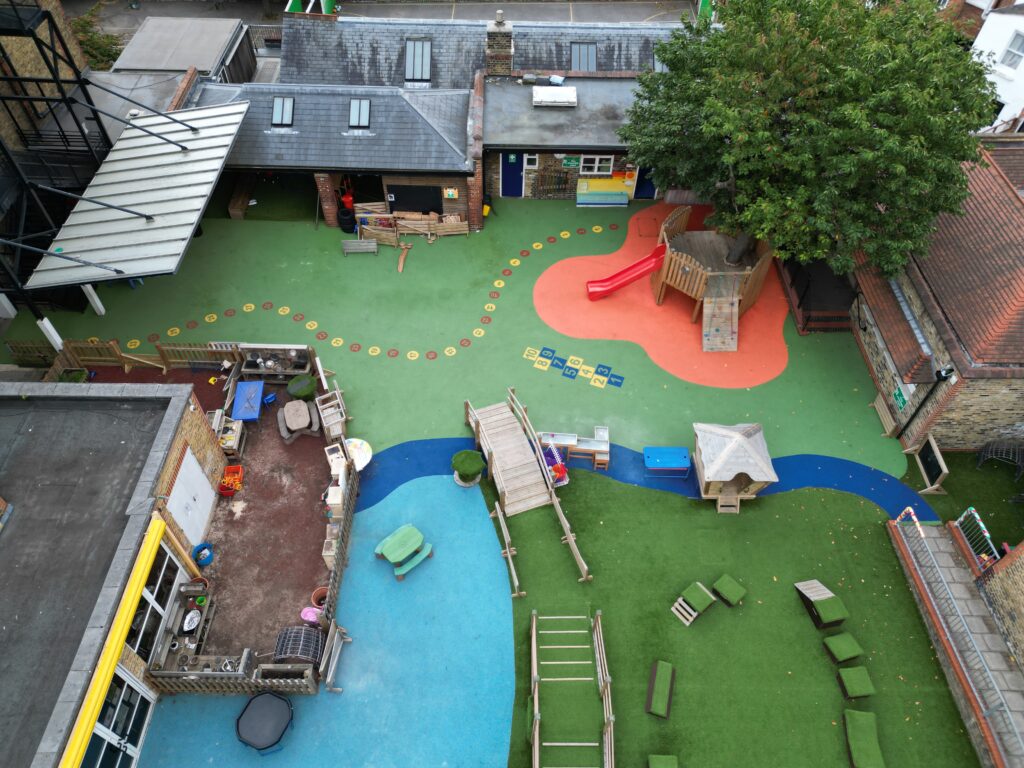






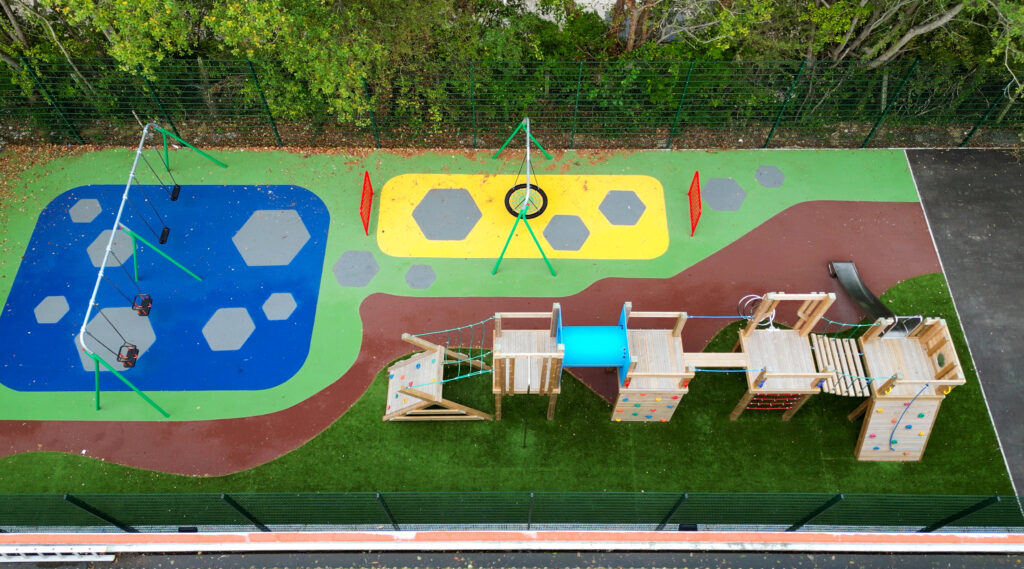










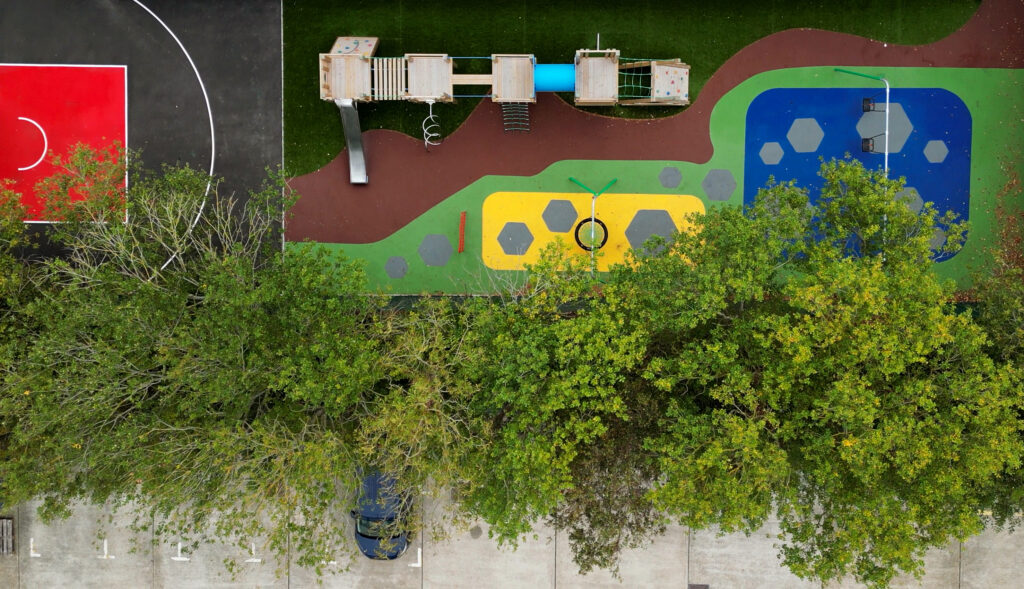









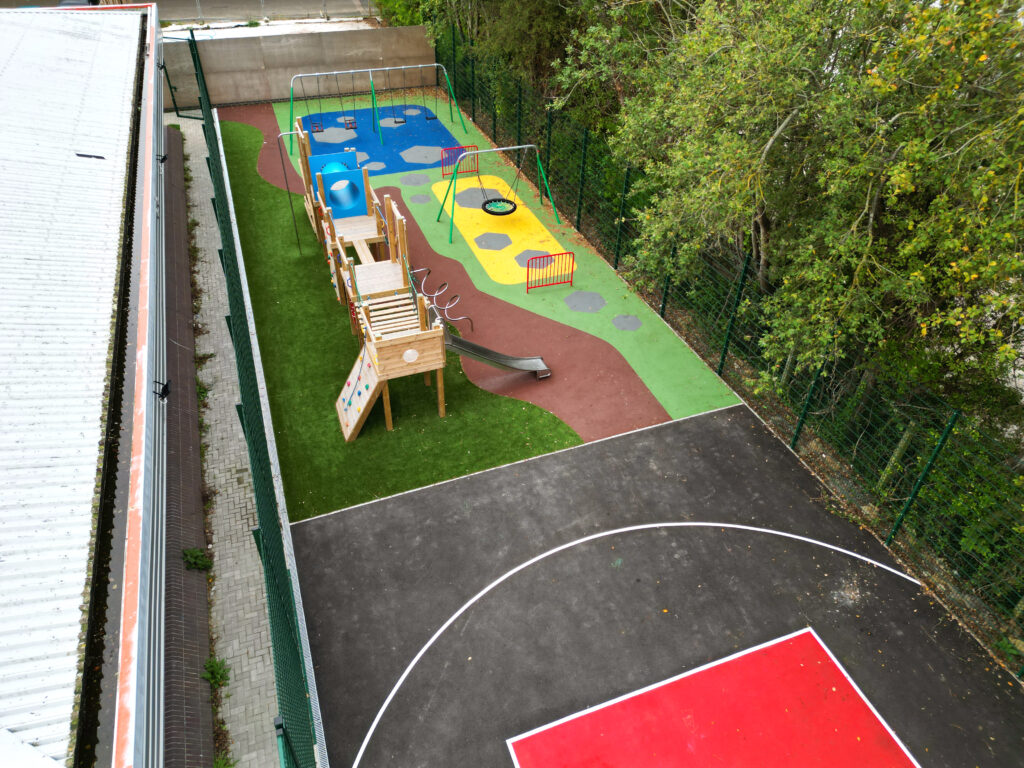



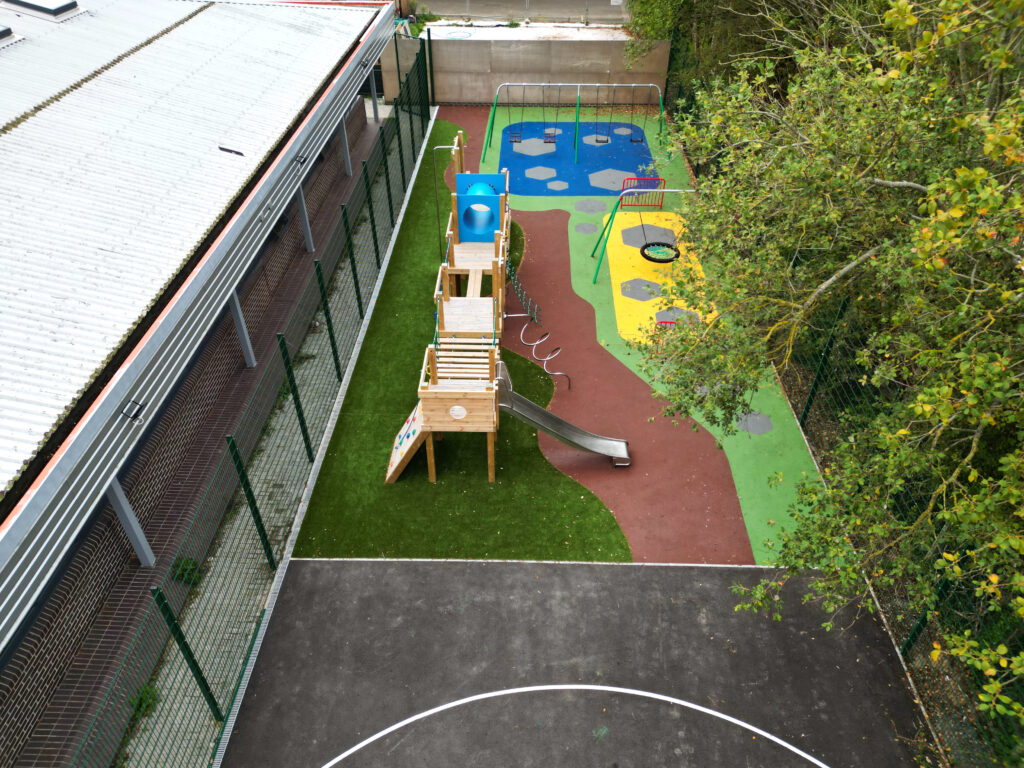







We Aim To Reply To All Enquiries With-in 24-Hours